Portraits are one of the most popular genres of photography. Explore the different types of portrait photography to find the right one for you.
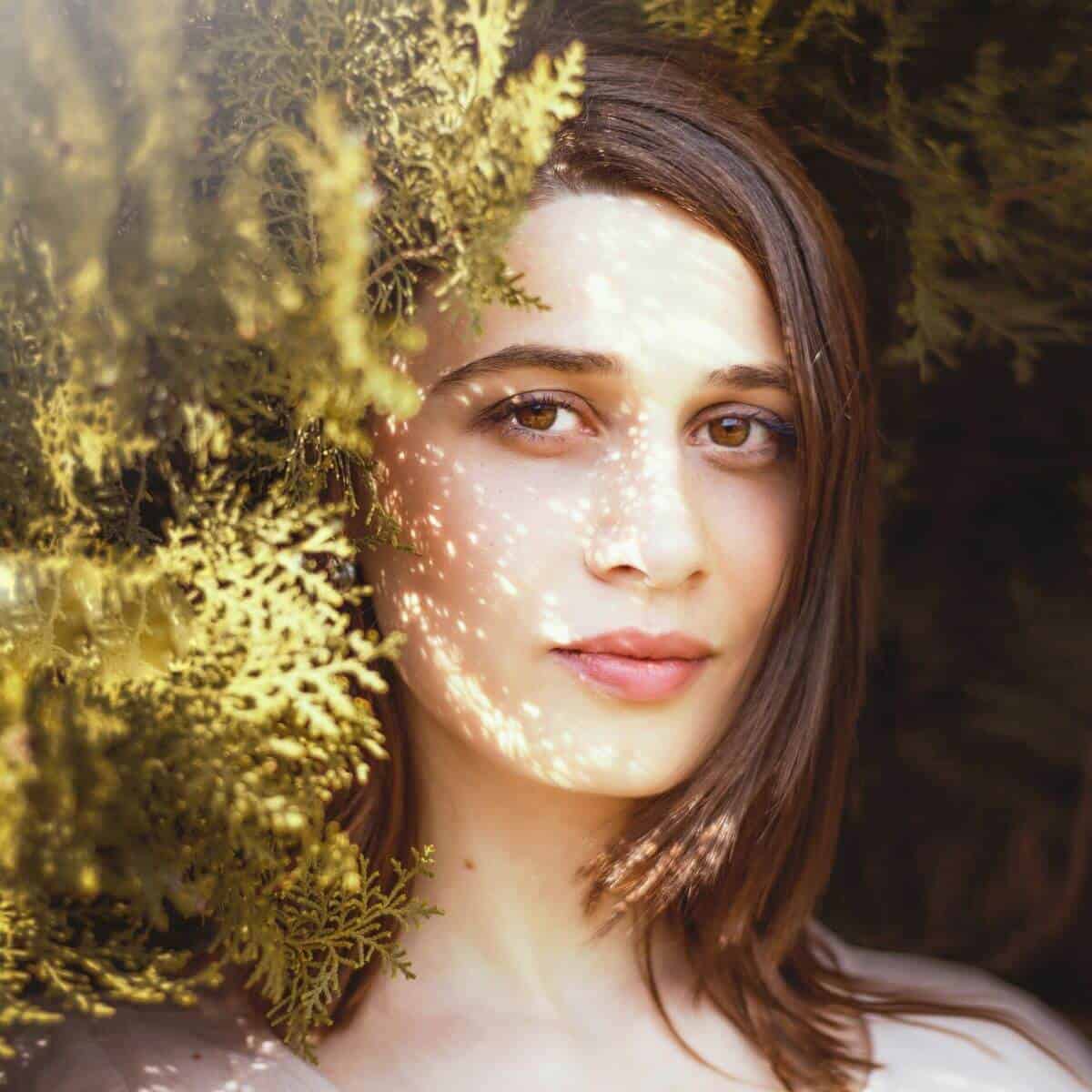
A portrait focuses on a person’s face and expressions.
They aren’t limited to headshots, as portraits can be full-body images.
If you want to diversify your portfolio or push creative boundaries, learn the different types of portrait photography.
The following explains the styles, and you’ll learn how to capture high-quality images for each.
1. Traditional portrait photography
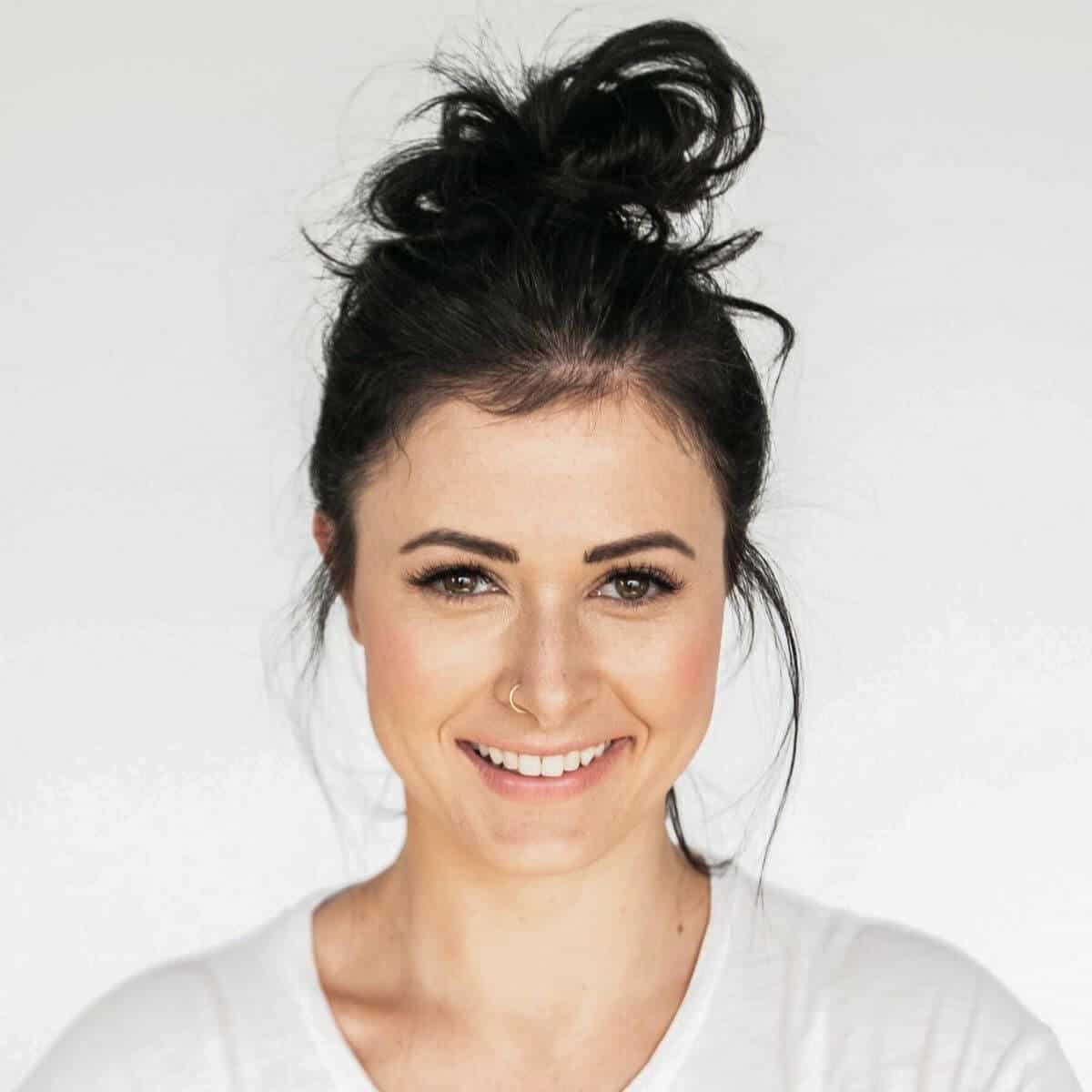
Traditional portraits are images of a subject facing the camera. The style crops the photo to show the head and shoulders.
Also, you take traditional portraits in a studio with a solid colored backdrop.
The focus is the subject’s face. You can get creative with facial expressions, light, and color.
2. Headshot photography
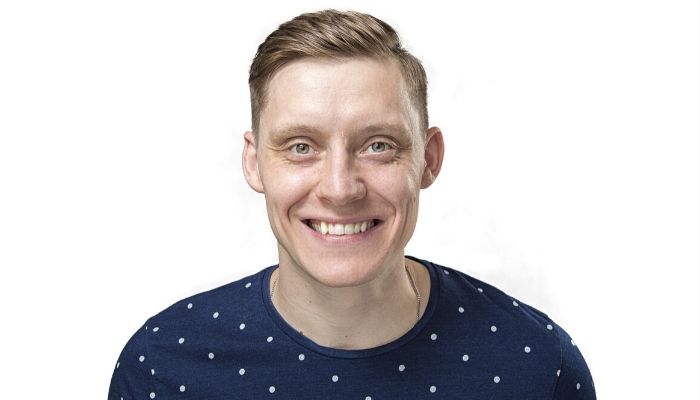
Headshot photography is like the traditional style. You can take headshots inside or outside.
The differences are that the crop is closer, and the photos are for professional purposes.
Headshots are an excellent niche for making money as a photographer. It can provide a steady flow of clients.
While a headshot seems simple, several factors need to line up.
A lens with a longer focal length to reduce distortion is essential.
Lighting, posing, and editing are other crucial skills.
Also, most subjects won’t know what to wear. The key is to wear whatever attire is the norm in their industry.
As a headshot photographer, you can help your subject make excellent first impressions.
3. Couple, family, and group portrait photography
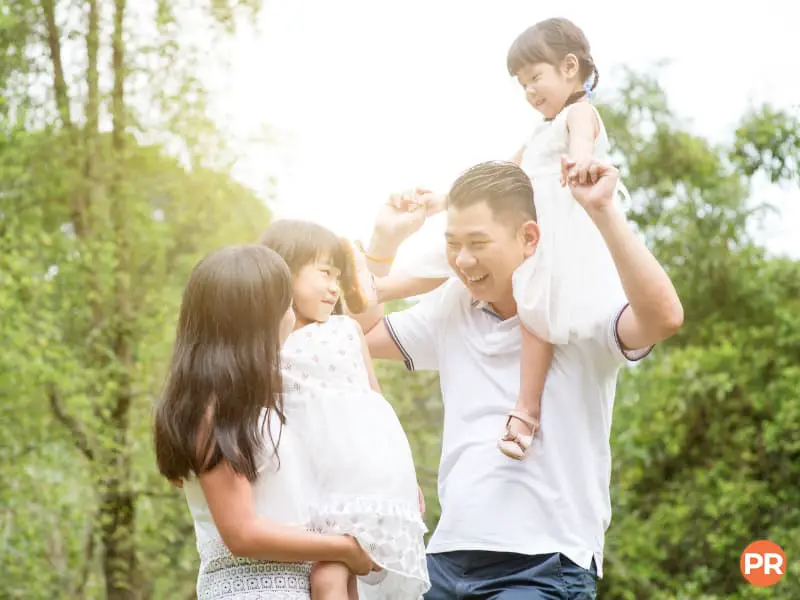
There can be more than one subject in a portrait. Couple, family, and group pictures are portraits.
When capturing photos of more than one person, focus on genuine interactions. You can use prompts to guide the group or focus on spontaneity.
When you take group photos, take many shots. Many times the one-shot approach leads to someone blinking or not being ready.
Continuous shooting mode is helpful for capturing many pictures in short bursts.
Also, make sure there’s enough light. Everyone’s face must be well-lit. But the light source shouldn’t be too bright where they’re squinting.
As the photographer, you must also be confident. Look for a beautiful background and arrange the group with clear directions.
Group photos also look best when you stagger people. It gives the picture a natural look.
4. Environmental portrait photography
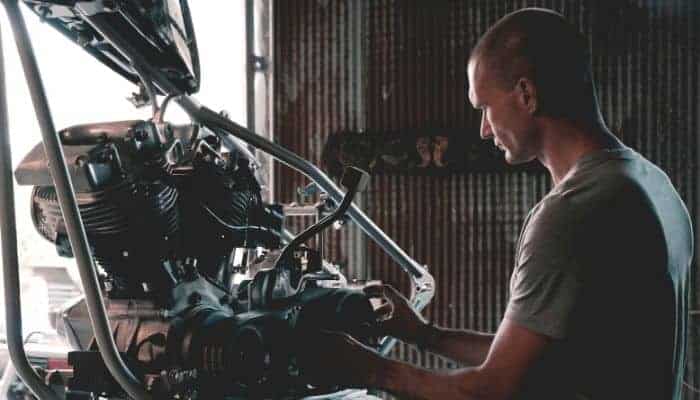
Environmental portrait photography captures people in their natural surroundings.
The genre is one of the top types of portrait photography because it tells a strong story.
Instead of a studio or artificial setting, the location is meaningful to your subject. The place can be where a subject works, lives, or spends a lot of time.
Environmental portraits gives a viewer insight to a subject’s life.
If you want to capture the essence of your subject, you must get to know them ahead of time.
Then, you can work together to form a unique and powerful portrait.
5. Glamour portrait photography
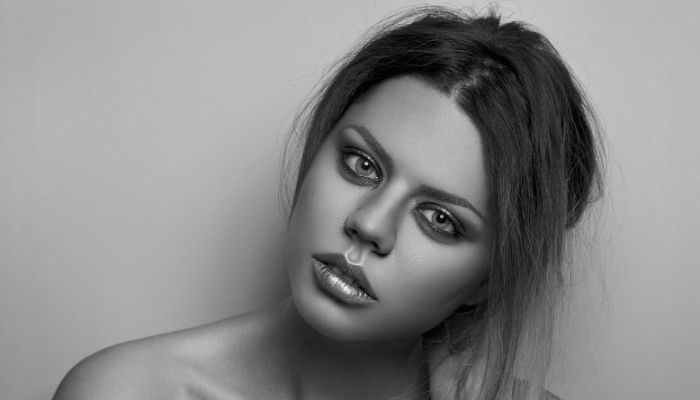
Glamour portrait photography focuses on a person’s beauty. It’s also known as a beauty portrait.
An example of a glamour portrait is a model for makeup companies.
While female models may be the first to come to mind, you can also take male glamour photos.
It consists of personal styling, makeup artists, and a fashion-forward look. You can take the pictures indoor or outdoors.
Consider partnering with makeup artists and hair stylists. It’s better than having the model do their hair and makeup.
Your subject’s makeup, clothing, posing, and hair must be on point.
Most glamour portraits are close-up shots. So, you must ensure your subject’s eyes are in sharp focus.
After you take the photos, post-processing comes next.
Use Photoshop to fix imperfections, whiten teeth, highlight cheekbones, and sharpen jaw lines.
6. Boudoir portrait photography
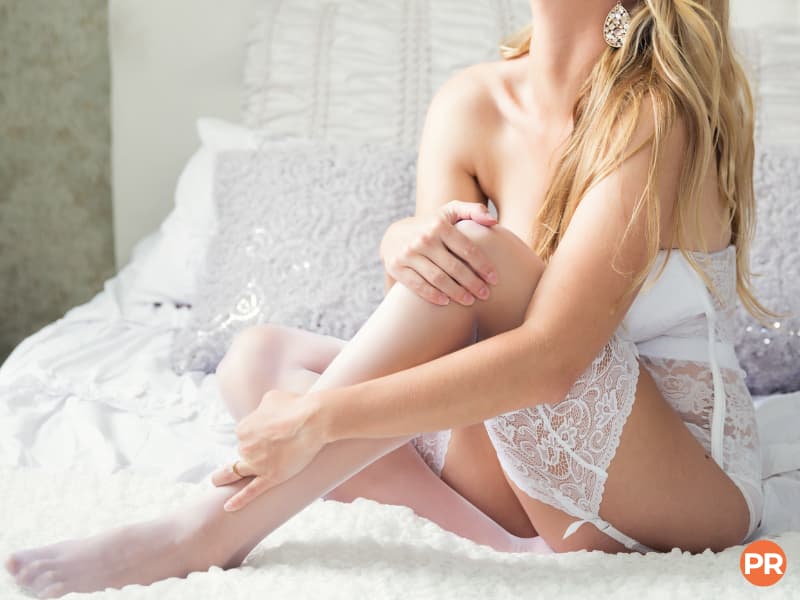
Boudoir portrait photography is like glamour, but it’s more sensual.
It consists of intimate and romantic photos of a person in a bedroom, studio, or dressing room.
Men and women can be subjects of boudoir photography.
The purpose can be to gift a romantic partner or to boost a subject’s confidence.
As a boudoir photographer, you must provide a safe and comfortable setting.
Also, it’s essential to understand how to pose people for boudoir photos. Popular poses include lying down on a bed and leaning against a window.
7. Candid portrait photography
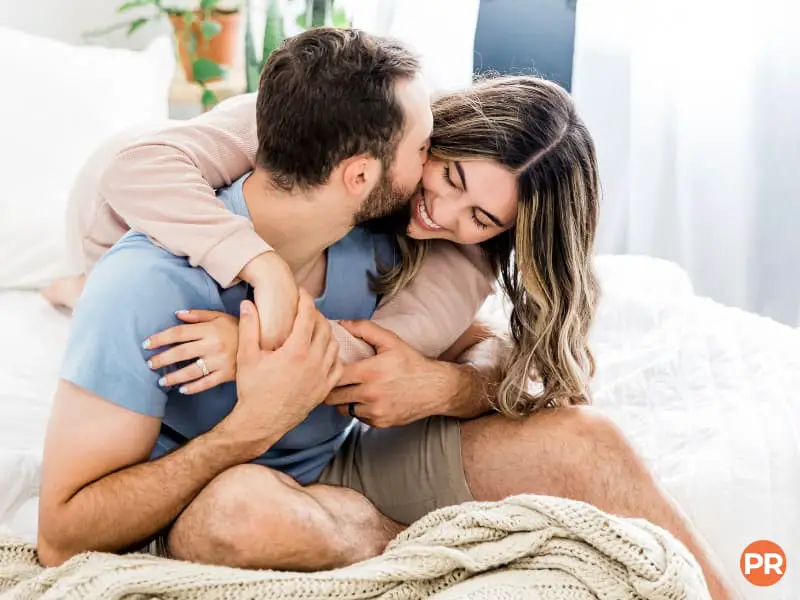
Candid portrait photography captures the most natural and authentic photos.
Street photography is an example of a type of candid portrait photography.
The goal is to take pictures of people without them acknowledging you.
Speed is also essential because people may become stiff when they see the camera.
Moments pass by fast. Be ready to press the shutter when you see an opportunity.
Candid photography doesn’t always need to be photos of strangers.
You can also take candid pictures of anyone. The key is being ready for the candid moments.
8. Self-portrait
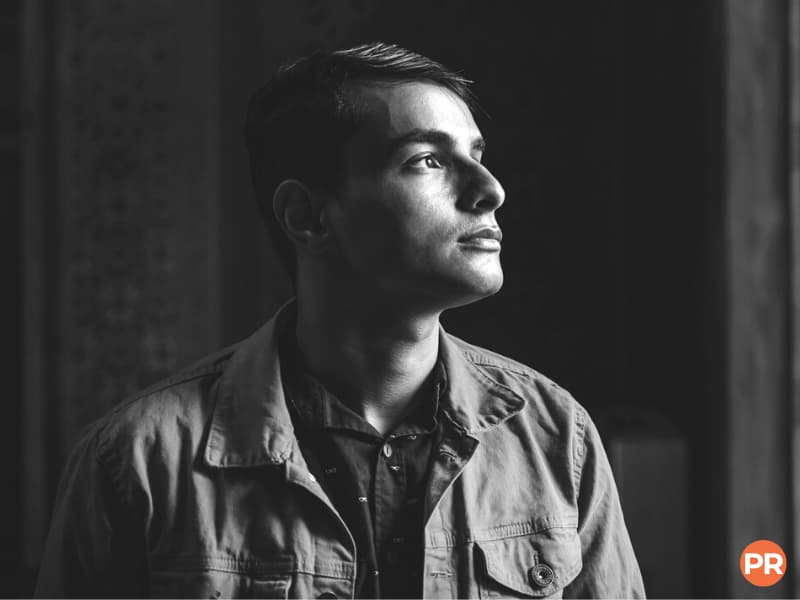
A self-portrait is more than a smartphone selfie. It takes introspection and planning, whereas selfies are quick snaps.
Of all the types of portrait photography, self-portraits are also the oldest.
The first one dates back to 1839 by Robert Cornelius, an amateur chemist. Today, self-portraits are popular in photography and art.
While you can take a selfie, the best way to take self-portraits is to use a tripod. It allows you to focus on composition, posing, and creativity.
9. Lifestyle portrait photography
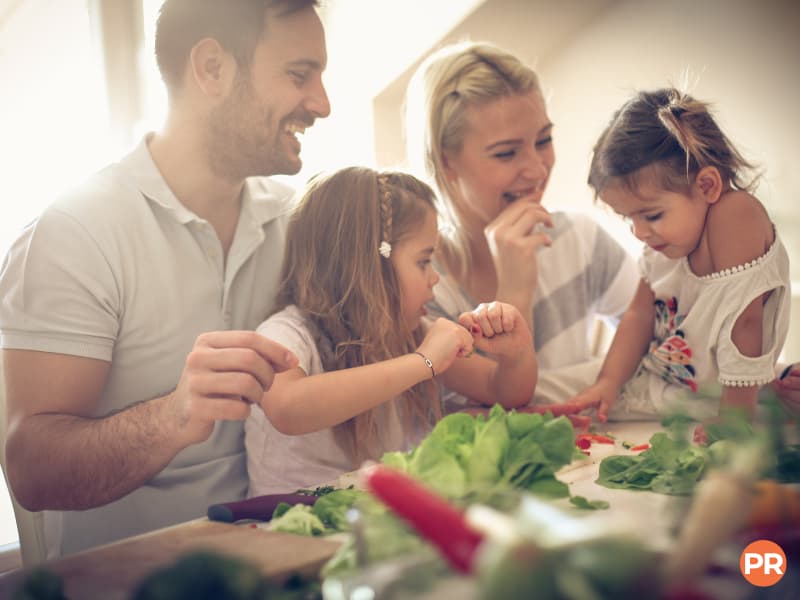
Lifestyle portrait photography aims to capture real-life situations. It’s a blend of candid and environmental photography.
Like environmental photography, it shouldn’t be in a studio.
The location should be where a subject spends their time. Examples include the outdoors, in their home, or traveling.
Go in with a plan when you take lifestyle portraits. But it’s essential to look for authentic moments.
There’s a balance between scripted and unplanned.
Lifestyle portraits offers genuine moments and memories people will cherish for a lifetime.
10. Conceptual portrait photography
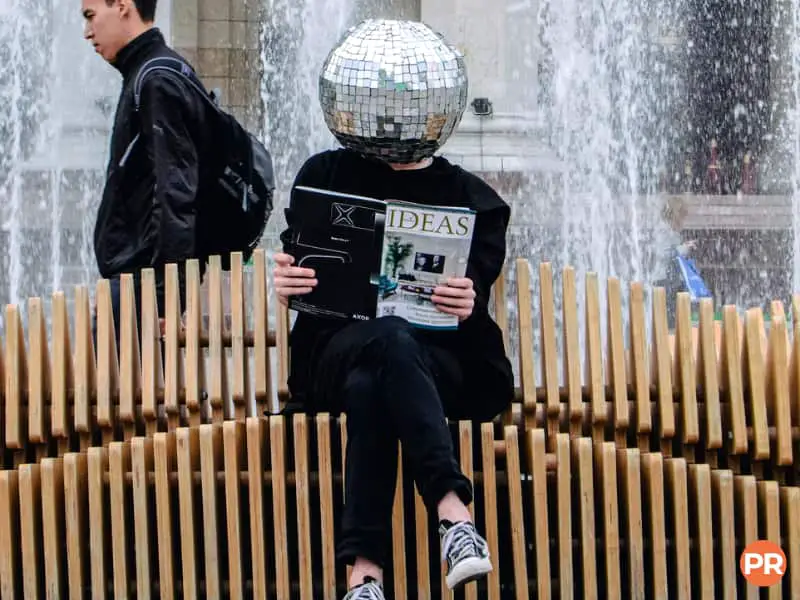
Conceptual portraits are abstract and aim to express ideas through photos.
It pushes the boundaries of traditional photography and uses unconventional techniques.
The first step to capturing a conceptual portrait is to come up with an idea.
Then, you can plan the shoot to fit the idea.
Whether advertising a product or spreading a message, use symbols and props to tell the story.
11. Surreal portrait photography
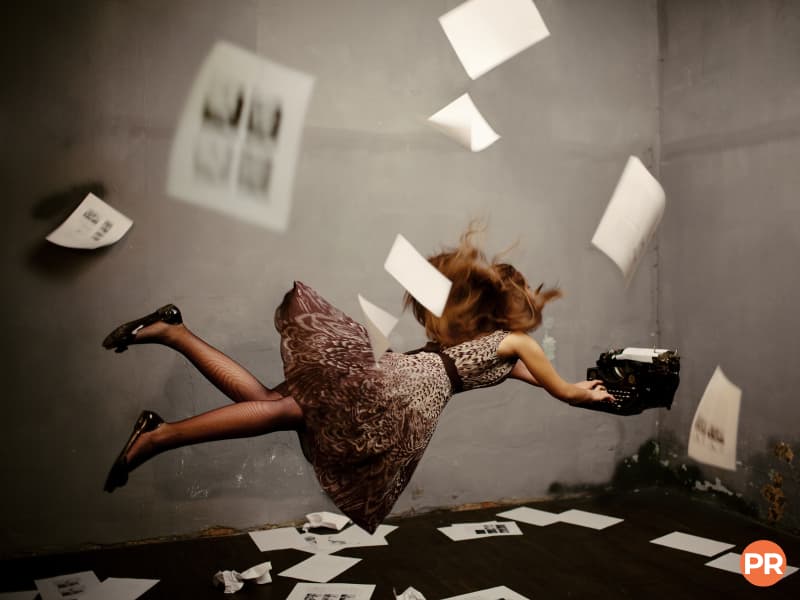
Surreal portrait photography is a creative and dream-like style.
It’s experimental and finds beauty in the unexpected.
Surrealism allows you to express yourself, experiment with ideas, and create incredible portraits.
Before you start, think about the feelings you want to evoke. Then, find the ideal model, props, and location for the photo.
Surreal portraits also use post-processing to perfect the effects.
Surrealism makes viewers think from different perspectives and evokes emotions.
Frequently asked questions about the types of portrait photography
The following are answers to common questions about the types of portrait photography.
Can portraits be full body?
Yes, portraits can include a person’s entire body. Full-body portraits are harder than half-body shots. You need to focus on posing, angles, and light. It takes longer to set up the composition.
What lenses are best for portraits?
The 50mm and 85mm lenses are ideal for most portrait photographers. But the best lens depends on the type of portrait photography you do. Longer focal lengths lead to greater compression and separation from the background. Consider the essential factors for you before choosing a lens.
What makes a portrait powerful?
A powerful portrait consists of light, composition, and genuine emotions. Aside from looking good, a great portrait evokes emotions and connects a viewer to the image. You must master the technical side and build rapport with your subjects.
Conclusion
Portrait photography is a versatile genre. There are various styles and ways to use light, backdrops, settings, and poses.
It’s about capturing people and their personalities.
By knowing the different types of portrait photography, you can expand your portfolio and creativity.
Featured photo courtesy of Unsplash.

